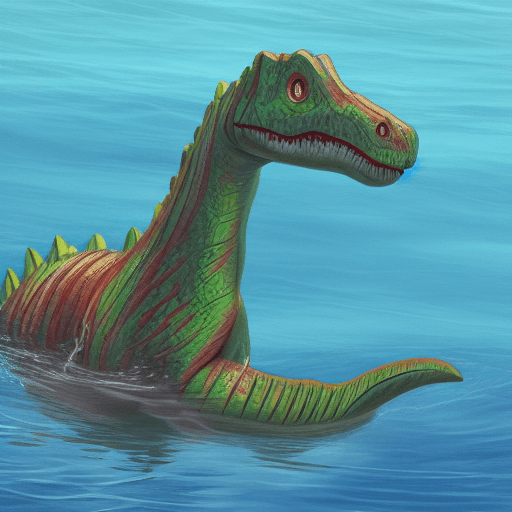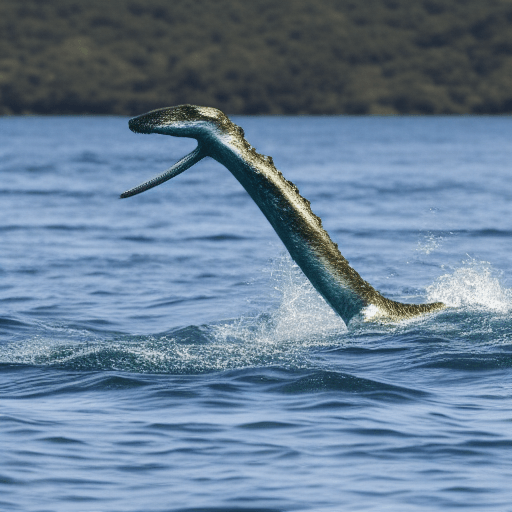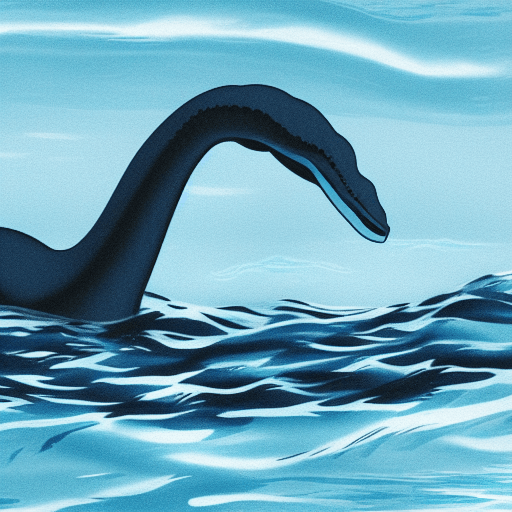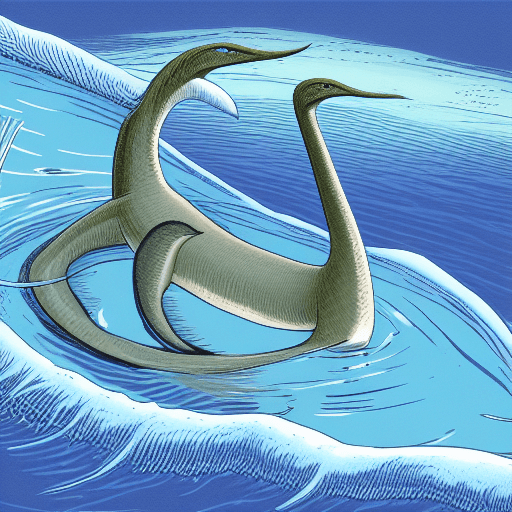Water Dinosaur Names
Do you know the names of the different water dinosaurs?
Let’s review the most popular water dinosaurs and their names.
We’ll also provide some interesting facts about these water creatures. So if you’re interested in learning more about water dinosaurs, read on!

There are quite a few water dinosaurs!
Some of the most popular water dinosaur names were: Plesiosaurus, Ichthyosaurus, and Mosasaurus.
There are many famous water dinosaur names, but some of the most well-known include:
- Elasmosaurus
- Mosasaurus
- Coelophysis
- Spinosaurus
- Nothosaurs
- Pliosaurus
- Ichthyosaurus
- Plesiosaurus
Explain It To A Child
There are many famous water dinosaur names, but some of the most well-known include Mosasaurus, Ichthyosaurus, and Plesiosaurus. Mosasaurus was a large marine reptile that lived during the Late Cretaceous period.

Plesiosaurus
This huge creature roamed the oceans during the Jurassic and Cretaceous periods. It had a long neck, a small head, and four large flippers.
Ichthyosaurus
Another marine reptile from the Jurassic period, this one was much smaller than the Plesiosaur, measuring only about 3 feet in length. It had a short snout filled with needle-like teeth, perfect for catching its prey.
Mosasaurus
This fearsome predator lived during the Cretaceous period and could grow up to 50 feet in length! It had a long, snake-like body and sharp teeth.
What are the most famous water dinosaur names?
Mosasaurus was a large marine reptile that lived during the Late Cretaceous period.

It was one of the last surviving members of the mosasaurs, a group of reptiles that also included land-dwelling species.
Tylosaurus was another large marine reptile that lived during the Late Cretaceous period.
It was the largest member of the mosasaurs and could grow up to twelve meters in length.
Plesiosaurus was a marine reptile that lived during the Early Jurassic period. It was notable for its long neck and small head, which resembled that of a modern-day turtle.
All of these creatures were adapted to life in the water and would have been fearsome predators.
What are water dinosaurs and what do they look like
Water dinosaurs, also known as mesosaurs, were a group of small, reptilian creatures that lived during the early Permian period.

- Although they were not true dinosaurs, they were closely related to them.
- Water dinosaurs were adapted to life in the water and had long, snake-like bodies with lateral flaps that helped them to swim.
- They ranged in size from a few inches to several feet long and were often brightly colored.
- The most famous water dinosaur is the Coelophysis, which was first discovered in New Mexico in the late 19th century.
Water dinosaurs are an important part of our understanding of early reptilian evolution.
Interesting facts about water dinosaur names
Water dinosaurs were a fascinating and fearsome group of creatures that ruled the seas during the Mesozoic Era.
Many of these prehistoric animals were massive in size, with some species exceeding 50 feet in length.
One of the most iconic water dinosaurs is the mosasaur, a formidable predator that prowled the oceans during the late Cretaceous period.
Mosasaurs were equipped with long, sharp teeth and strong tail fins that allowed them to swim at high speeds and hunt down their prey.
Other notable water dinosaurs include plesiosaurs, ichthyosaurs, and snakes.
These animals were well-adapted to life in the water and could hold their breath for extended periods of time. Thanks to recent discoveries, we have been able to learn more about these incredible animals and their place in history.
How big can water dinosaurs get and what do they eat?
Some of the biggest dinosaurs that ever lived were the giant water dinosaurs.
These massive creatures could grow to be over 100 feet long and weigh over 50 tons!
They lived in the oceans during the late Cretaceous period and feasted on large marine reptiles, fishes, and even other dinosaurs.
The biggest and most well-known of these water giants is the mosasaurs, which were truly enormous – some specimens even reached lengths of over 60 feet!
These incredible animals were perfectly adapted to their aquatic habitat, with powerful tails for swimming and ferocious jaws lined with razor-sharp teeth.
It’s no wonder that they were top predators in their environment! Today, we can only imagine how intimidating they must have been.
Are water dinosaurs dangerous and why or why not?
No one knows for sure whether water dinosau
rs are dangerous or not because they haven’t been seen in centuries.
Some experts believe that they may have been gentle giants, while others think that they might have been fierce predators.
However, there is one thing that everyone can agree on: water dinosaurs were some of the most fascinating creatures to ever roam the earth.
With their massive size and unique appearance, it’s easy to see why they continue to capture our imaginations even today.
So whether you believe that water dinosaurs were dangerous or not, there’s no denying that they were definitely fascinating creatures.
How do scientists study water dinosaurs and what have they learned so far?
Scientists study water dinosaurs by studying their bones.
They have learned a great deal about these creatures by examining the fossils of their bones. For example, they have been able to determine the size of these animals and how they moved.
Additionally, they have been able to study the diet of these creatures by examining the contents of their stomachs.
By studying the fossils of water dinosaurs, scientists have been able to learn a great deal about these amazing creatures.
Therefore, water dinosaurs’ names are Plesiosaur, Ichthyosaurus, and Mosasaur. These water dinosaurs were very interesting creatures that lived in water and had some amazing features.
Article Sources
Jacks of Science sources the most authoritative, trustworthy, and highly recognized institutions for our article research. Learn more about our Editorial Teams process and diligence in verifying the accuracy of every article we publish.
